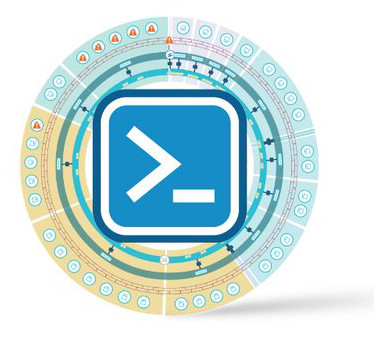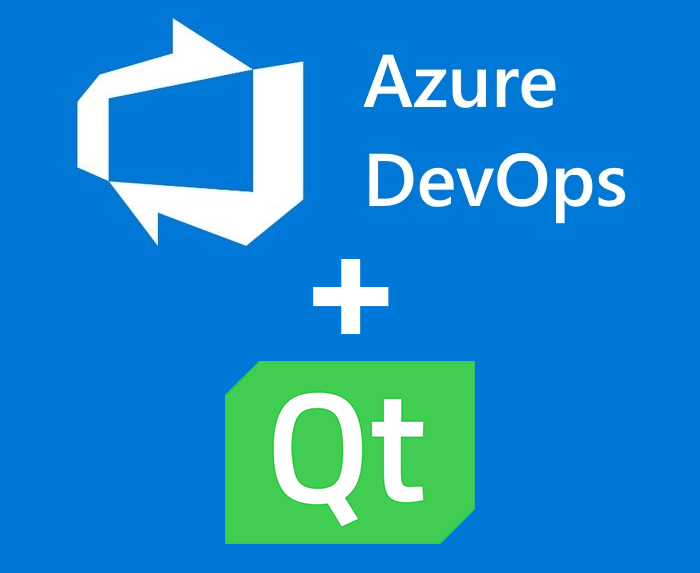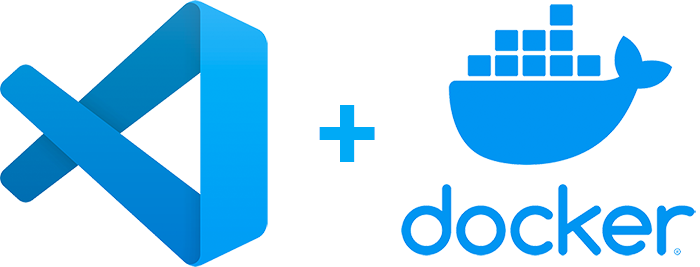By default, the syslog capability in vRealize Network Insight only supports UDP on port 514, sending the messages in cleartext. It’s important to have Network Insight send its logs somewhere, though, as they can be useful when troubleshooting Network Insight itself.
To be clear, these logs contain information about the Network Insight platform and collector appliances. Logs on processing incoming data, errors when the collector is unable to connect to a data source (vCenter, switch, NSX, router, etc.). If you’re looking for logs on network changes (the network that Network Insight monitors), look at the System and User-Defined Events… Read more





